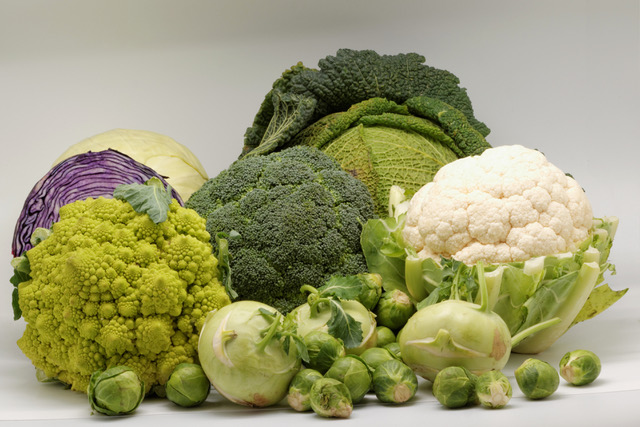
-Pam Scott-
The shorter, cooler days of September are upon us. You may have thought all of your gardening fun was over for the year, but…. not so fast! You could have two more months of outdoor dirt digging delight ahead of you. Our average fall frost date here in zone 7 is October 31. With the use of frost covers, hoop houses or cold frames we can extend our growing season for cool weather loving crops well into the colder months. For some crops such as spinach, kale, cilantro and parsley we can harvest all the way into spring.
Fall is the perfect time to plant arugula, mustard greens, lettuces, leeks, carrots, beets, radishes, parsley, cilantro, cervil, strawberries, poppies, larkspur, camomille, shallots, garlic, pak choi, perennial flowers, shrubs, fruit trees, flowering spring bulbs and our favorite brassicas; broccoli, cabbage, cauliflower, brussels sprouts and kale.
At Fifth Season, we start our Brassicas indoors, in August under lights. This gives them plenty of time to mature to bud stage before serious cold sets in. Another reason we start them indoors is the excessive number and variety of insects that would love to feast on our tender veggie starts. Slugs the size of small dogs have been seen lurking around the broccoli beds. Cabbage loopers cleverly disguise themselves as leaf nodes, waiting until nightfall to completely denude your plants. Shield bugs, aphids, squirrels and crickets are all waiting for you to plant one last banquet for them.
Agribon insect row cover will help with some of the flying insects such as the cabbage moths, which are responsible for creating the cabbage loopers. Two organic biological pesticides I find indispensable this time of year are Sluggo Plus and BT (Bacillus Thuringiensis). The Sluggo Plus is made from Spinosad, derived from a bacterium originally discovered in casks of rum. After sprinkling the Spinosad around my seedlings I have watched the slugs go directly to it leaving the seedlings alone.
BT is a microbe that is toxic only to the larval stage of insects. I use it only on my seedlings in a controlled area, as it is toxic to all larva of moths and butterflies. Moths are as important to pollination as butterflies and bees,, so I use it carefully and sparingly. A customer recently told us that the gardeners at Monticello deal with cabbage moths by hanging up paper cabbage moth replicas. Cabbage moths, being territorial, will avoid an area where they see other cabbage moths. I found this absolutely brilliant and I can’t wait to try it!
Plants in the Brassica family thrive in well-drained, nutrient-rich soil. They love a healthy dose of nitrogen. Plant your Brassicas where you have recently grown your summer beans, as the beans will have fixed nitrogen into the soil. A dressing of blood meal, alfalfa meal or a high nitrogen pre mixed organic fertilizer is essential for the fast growth and flower development of broccoli, cauliflower and Brussels sprouts.
Adding a Comfrey leaf to each planting hole will supply trace nutrients to the plants. Comfrey has a long tap root that mines nutrients and stores them in their leaves; as the leaves decay the nutrients are released.
All of these products, as well as seeds and seedlings for all of your favorite fall veggies can be found at Fifth Season Gardening. Enjoy the cool weather and another season for gardening!

Leave a Reply